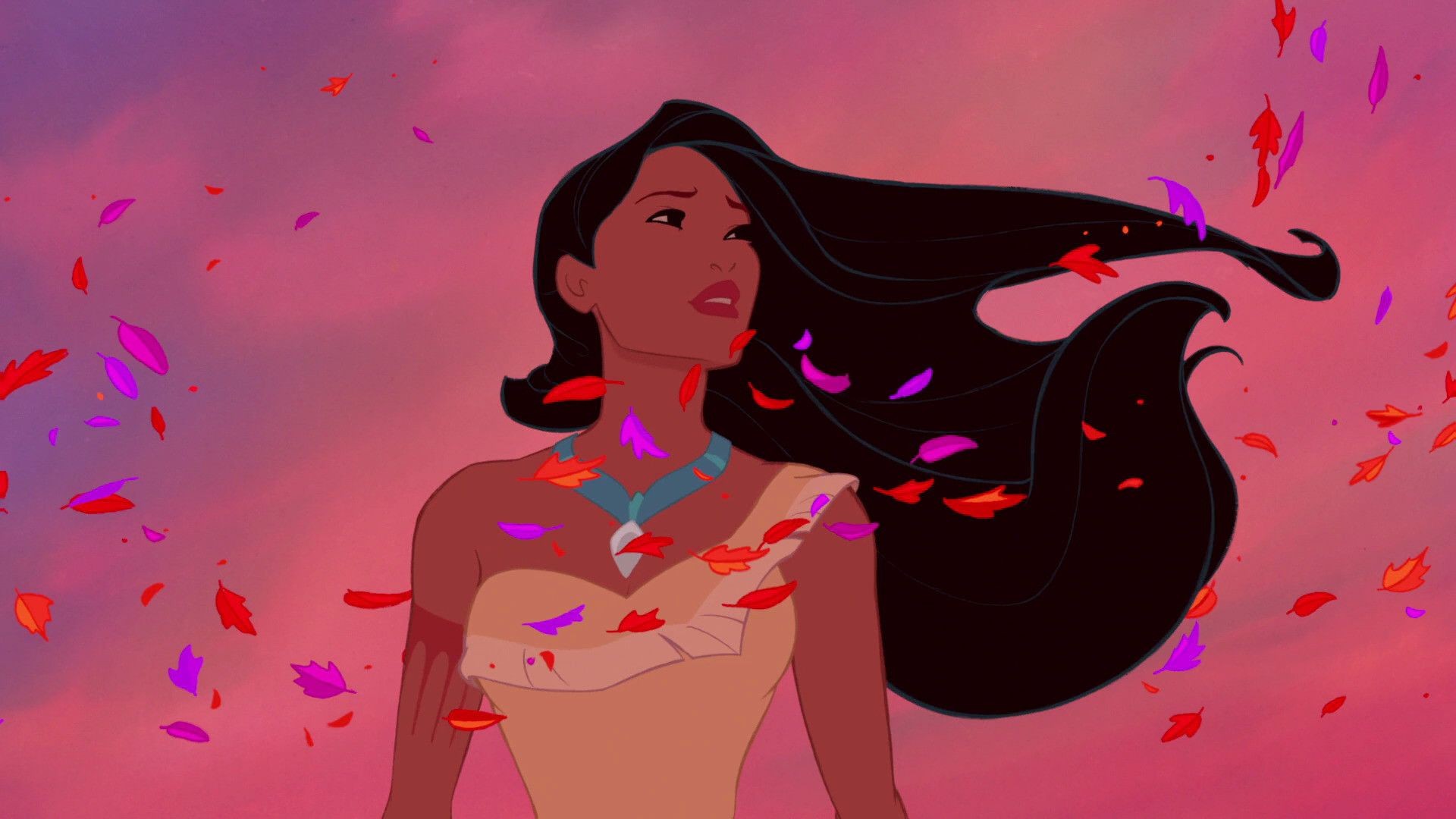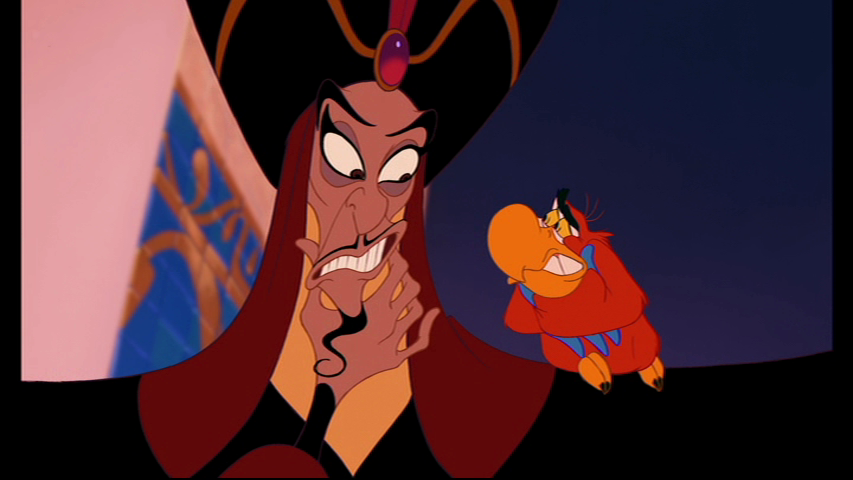Get to Know the Mastermind Behind Some of the World’s Most Beloved Characters
The iconic films of your childhood could only be made possible through incredibly talented animators like Tom Bancroft. Tom, a resident of Williamson County for seventeen years, is a former Disney animator, a teacher at Lipscomb, and the CEO of Pencilish Animation Studios. When Tom was growing up, he and his twin brother always drew together. At first, they wanted to steal their mom’s attention to see who was better, but he later thought it would help him get girls, and Tom was hooked. So the brothers created a stop motion film with clay figurines, and once they saw the characters move, there was no going back.
His childhood hobby later turned into a full-time job as he worked at Disney for eleven years as an animator. According to him, those were artistically the best years of his life, and he looked forward to going to work every day. Tom learned more about hand-drawn animation, a craft passed down by the best artists and masters in the field for around eighty years. His primary responsibility at this job included using the storyboards to bring the vision to life. Realizing after a short amount of time from working at Disney that drawing is only one small component, he had people that would look over and clean up the sketches before scanning them in one at a time.
Tom animated several beloved characters on famous productions such as Beauty and the Beast, Aladdin, The Lion King, Pocahontas, and many more. Each day was a “new challenge and an exciting roller-coaster ride of production and learning!” He thinks it’s incredible that people still know and refer to these movies frequently. When we asked Tom about the creation process for Beauty and the Beast and The Lion King, he responded, “we had no idea that twenty-five to thirty years later kids would have seen or heard of those films! That doesn’t happen but with a small fraction of films throughout history. I see them as part of my family history. First, my oldest was born during the production of The Lion King. Then, my middle daughter was born during the making of Mulan. Lastly, my twins were born during the production of Jonah: A VeggieTales Movie. I’m horrible at remembering dates, but I can remember what films were born in because Disney and our family are intertwined in so many ways.”
During Tom’s time at Disney, he saw a lot of changes within the company. He left for a couple of years to go to Big Idea Productions to work on VeggieTales but returned for about a year to help finish the animation for Brother Bear. The team was a small group of animators and artists when they opened the Disney Florida Animation Studios in Disney/MGM theme park. In 1989, there were about sixty people who worked there, with only six being animators. By the time they got to the films like Mulan and Lilo and Stitch, they were a studio of three hundred to four hundred artisans. Tom stated, “I was there through almost all of that growth, but that was only one small part of the Disney corporation. During the 90s and 2000s, Disney was expanding in every area of the company. So, constant building and expansion were going on in California, Florida, and all over the world!”
After his years at Disney, Tom landed a teaching job at Lipscomb University. The thought of teaching had never crossed Tom’s mind even though he had published a couple of art instruction books on character design that were being used at art schools around the world. It wasn’t until Mike Fernandez and Steve Taylor, the Dean of the College of Entertainment Arts and the director of Cinematic Arts, approached him because they wanted to start an animation program at Lipscomb University. After that conversation, it felt like everything had aligned for him. The last few years have been challenging but valuable since they are now to a point where “we have amazing industry professional instructors and students who are graduating ready for jobs in the industry!” Tom knows how hard it is to be a successful animator and believes that “the ability to draw is a key skill set that includes a knowledge of perspective, anatomy, movement, caricature, and composition. Even though sketching will always be the fastest way to communicate and show your ideas to directors and clients, training your eye to see intense poses, expressions, and design will make your 3D designs better.” When children and his students ask him how to become a Disney animator, he asks the question, “Do you draw every day or close to it?” If they can’t give him a positive answer, he knows it is not an attainable dream. Getting to Pixar or Disney is the Olympics of animation. You have to put in the work even to have a chance to be in the show. He is instilling these qualities into his students so that they can become successful in the future.
Out of the heart of the global pandemic, Tom began developing the world’s first crowd-invested animation studio: Pencilish Animation Studios. For him, this is the most exciting adventure in his career’s history. The Pencilish Team will create original animated TV series where they will own all intellectual properties.
Tom has recruited some of the industry’s heaviest hitters like former VPs of Disney, Disney film directors, a voice actress and celebrity, Ming Na-Wen, and people from the world of business and finance to join him and be his company advisors. Pencilish is a new direction in this field, and he elaborated by saying, “I think we will see smaller companies that can create and own their own entertainment companies, funded by independent investors or crowds that love what those creators do. Some of those will build up to be acquired by the major entertainment companies, but a few will hang onto their IP and gain the wealth from longer-term licensing, branding, and merchandising deals. Those will be the next group of major studios that will start acquiring the large companies of today.” At Pencilish, they are using all the newest forms of distribution to get their characters and stories out into the world during a time when there has never been a larger need for new animated IP.





























